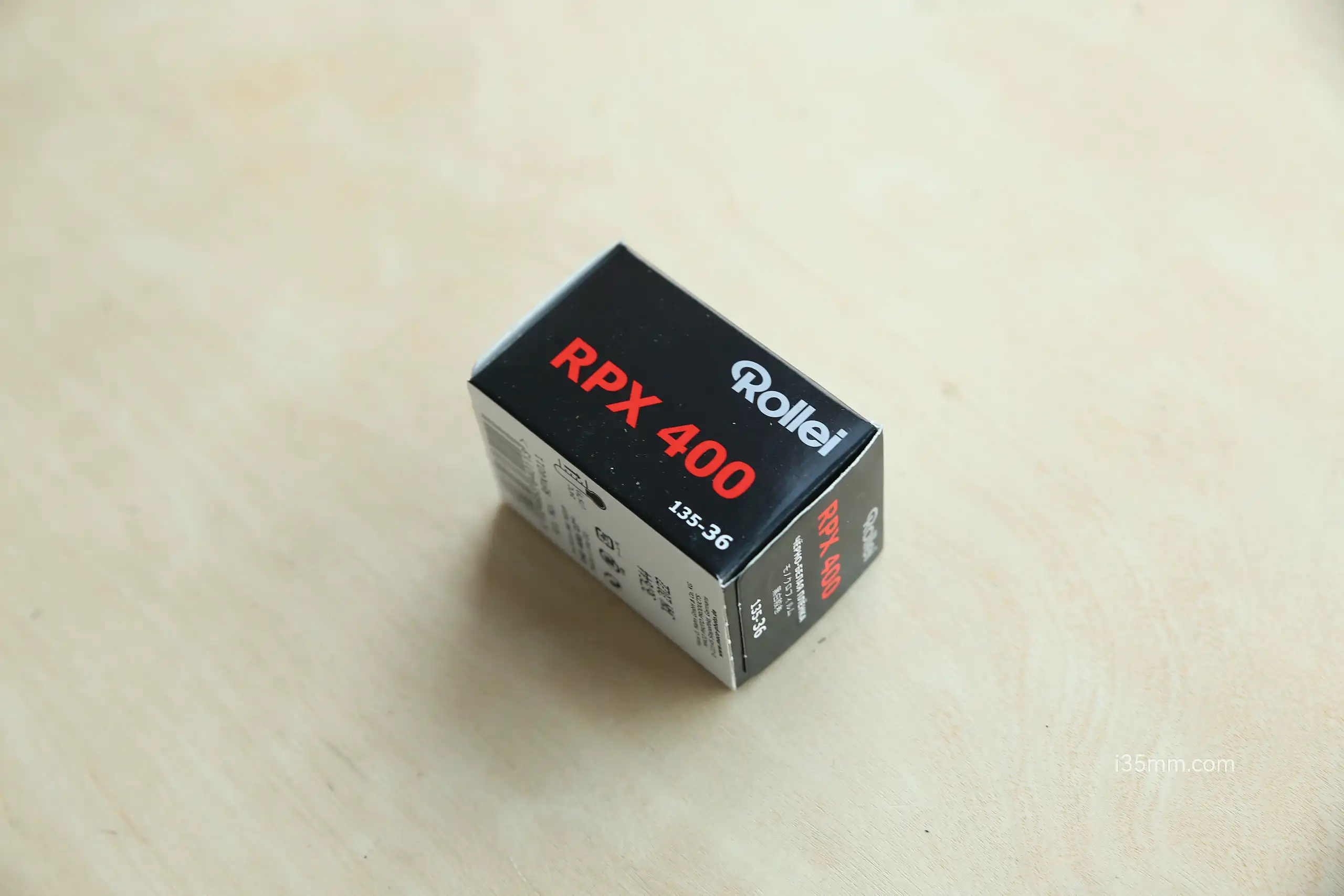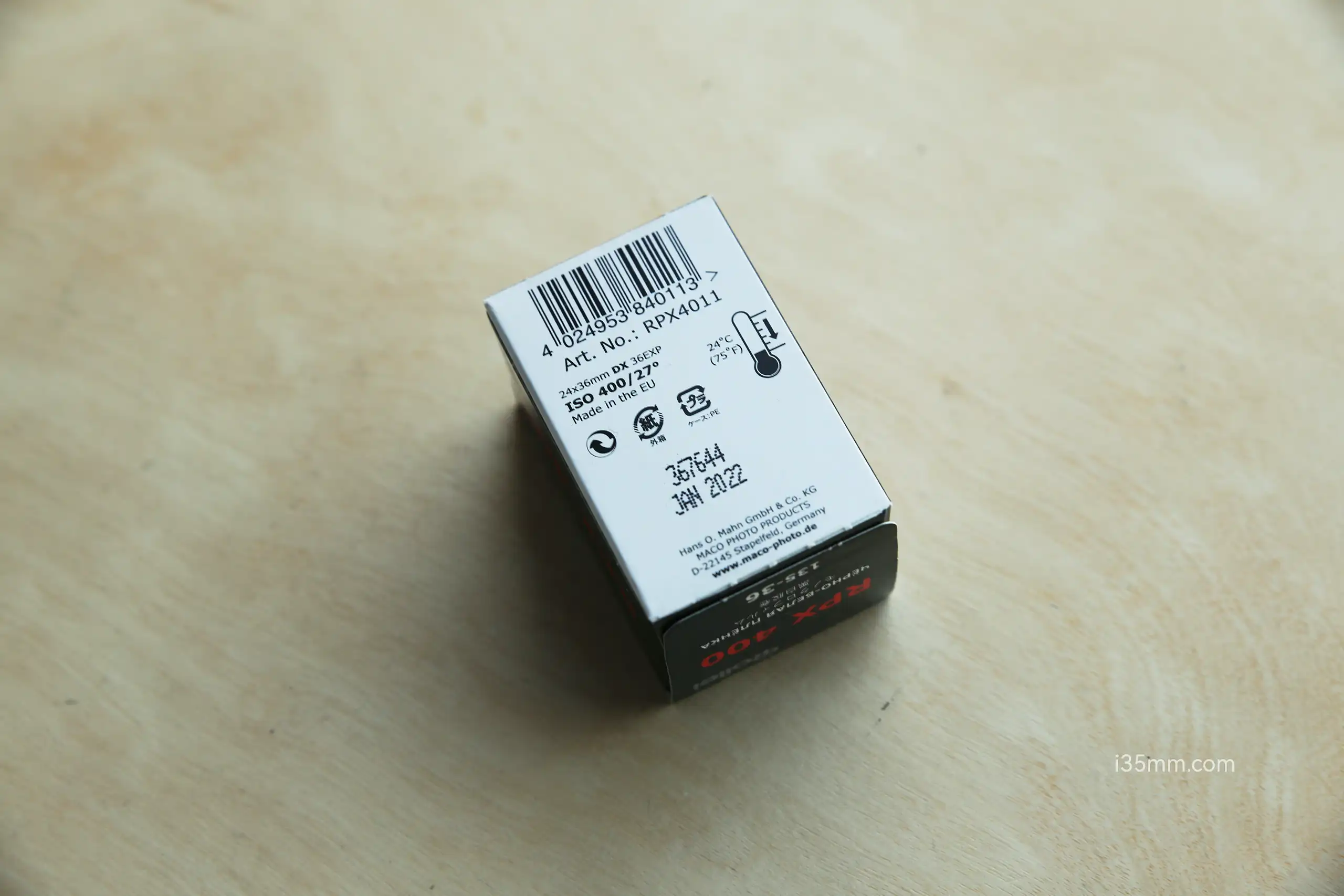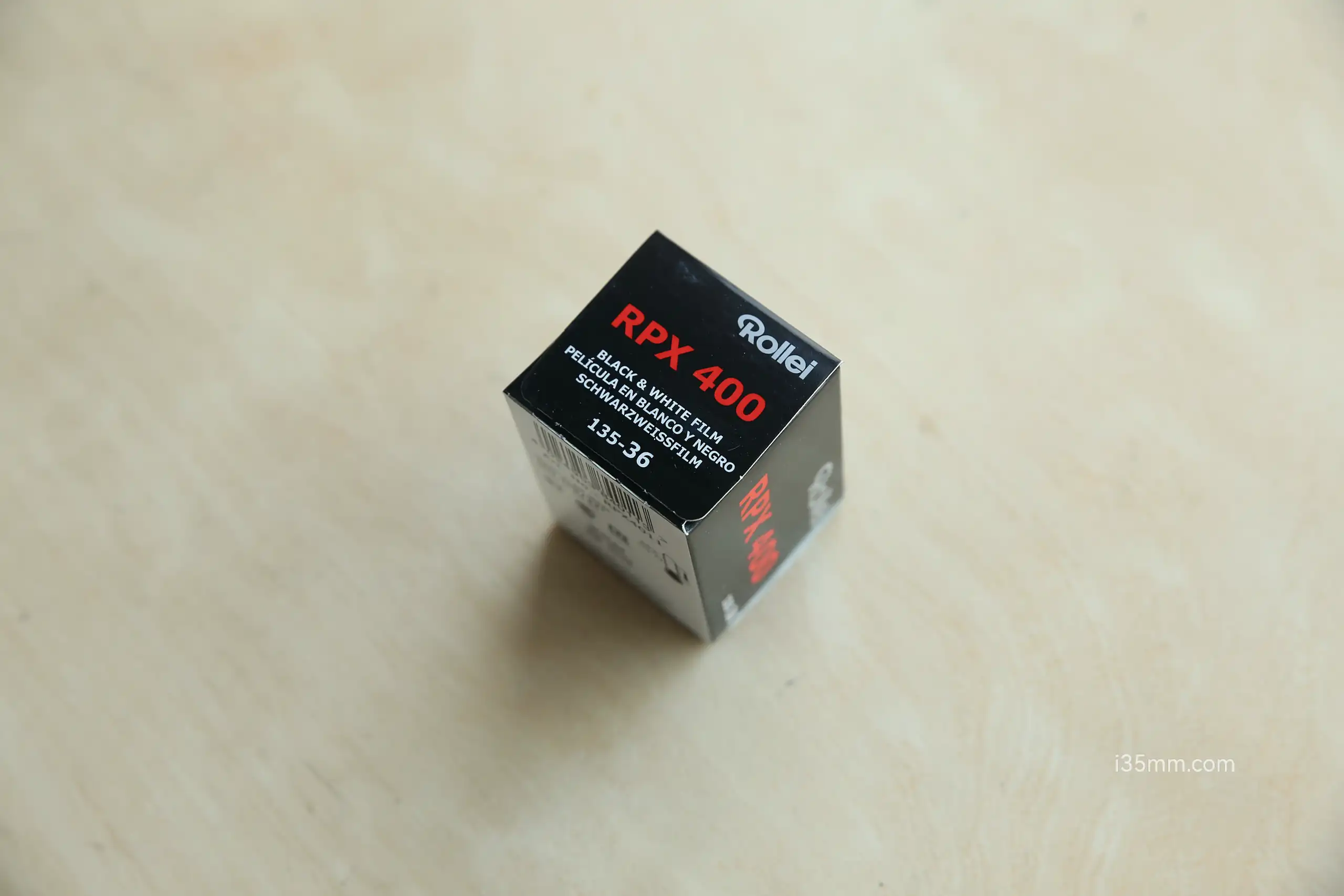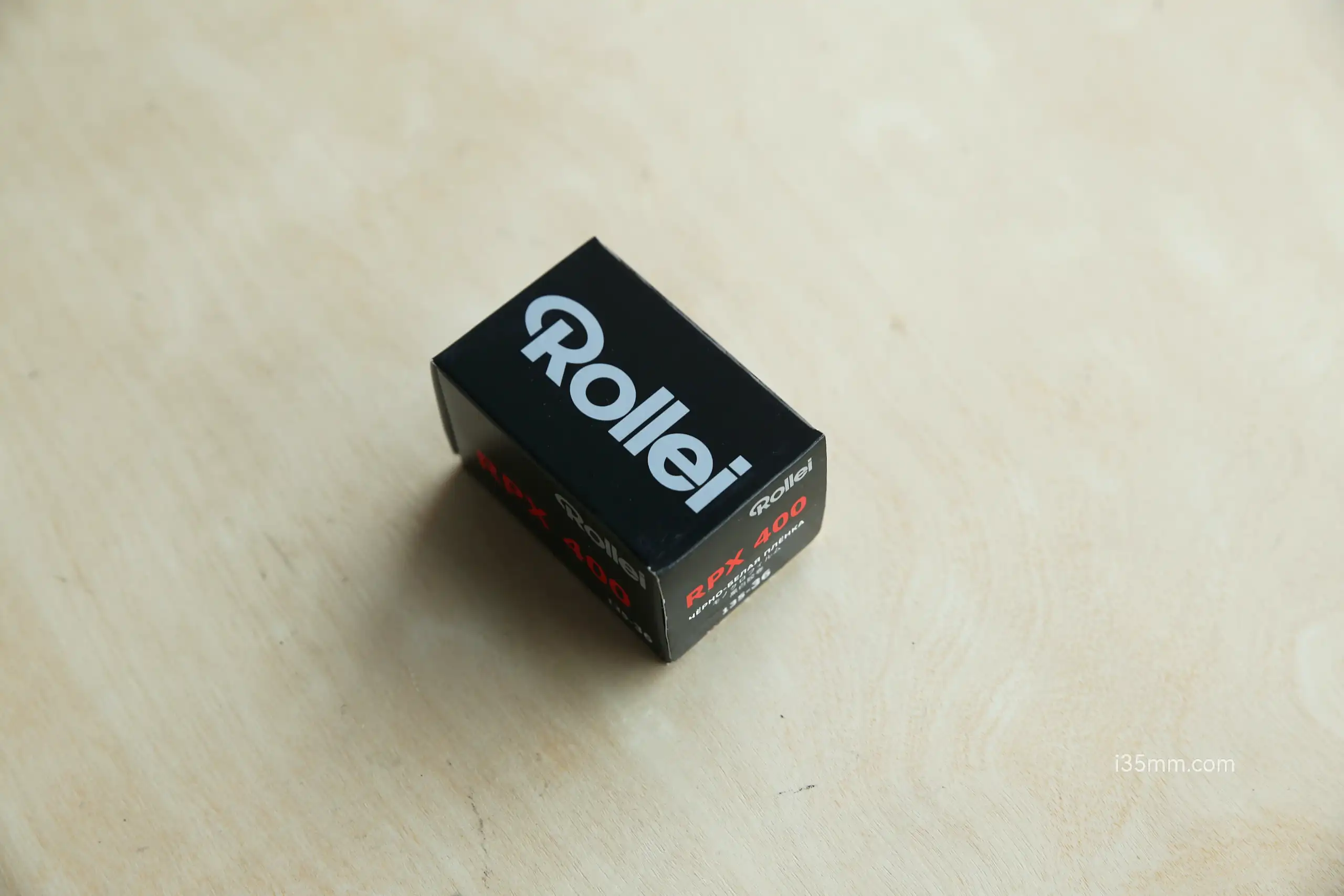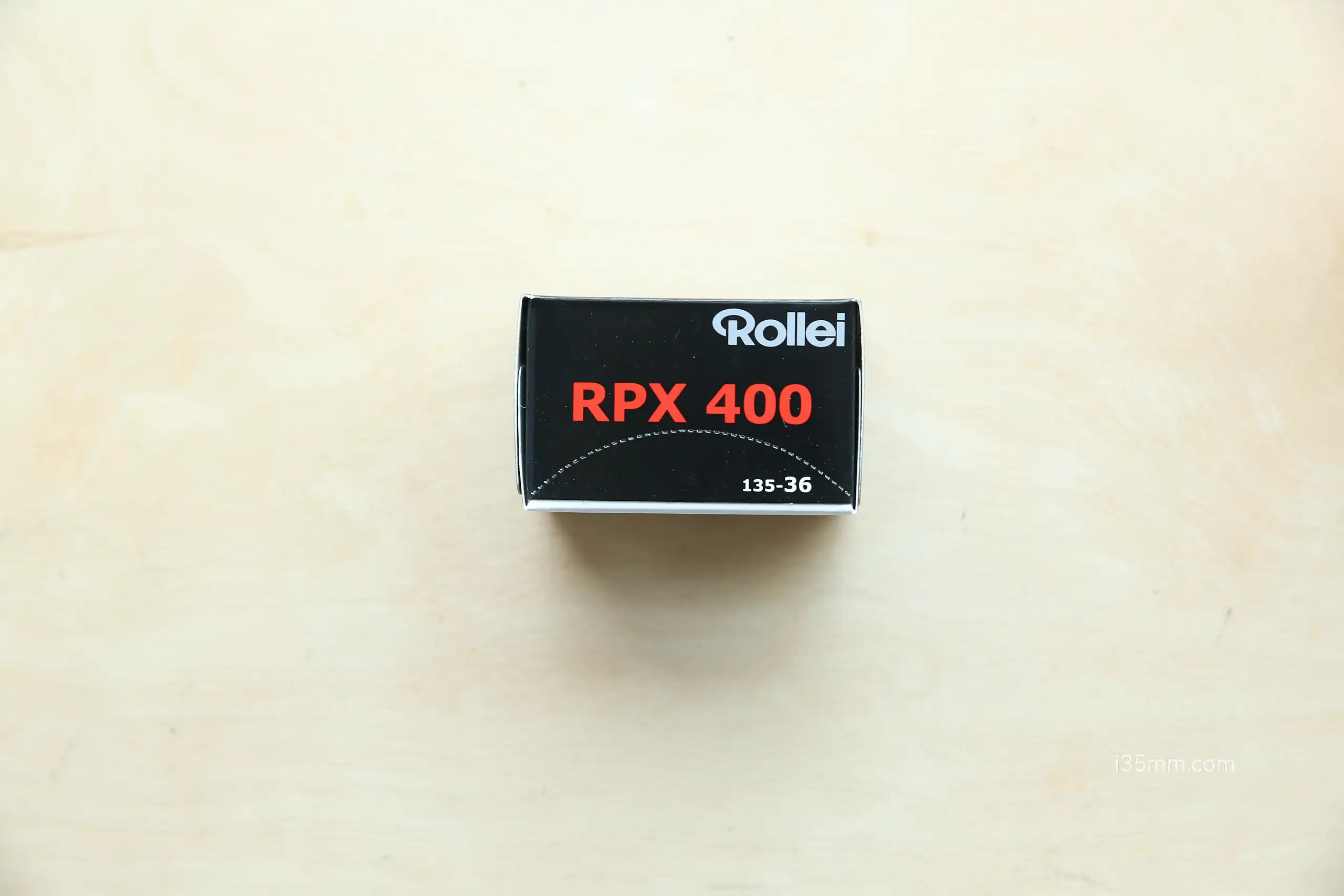Sure, I can help you polish the translation. Here’s the refined version:
These days, capturing photos of flowers and plants with a smartphone is no longer a challenge. Achieving background blur is also not a difficult feat, thanks to the advancements in chip algorithms. Additionally, smartphones have made significant progress in HDR capabilities. The Xiaomi 13 Pro is undoubtedly among the top performers in these aspects. As a street photographer, my focus is on the user experience when capturing photos in this setting.
In street photography, lighting conditions tend to be variable, and contrasts are often high. As a result, relying solely on the metering function is not sufficient, and the photographer must rely on their judgment. Experienced Leica players often use full manual settings for aperture and shutter speed, while SLR and mirrorless camera players will typically use aperture priority or shutter priority modes and adjust the exposure compensation accordingly.
I discovered that if the Xiaomi 13 Pro is exposed normally, the resulting photos tend to resemble the style of Sony mirrorless cameras. The color palette reminds me of Sony’s first APS mirrorless camera, the Nex5. However, by setting the exposure compensation to around -1.3 stops, the “leica taste” (a Leica term referring to the unique and subtle aesthetic quality of Leica cameras) is evident in the resulting photos.
It’s unfair to compare the Xiaomi 13 Pro to a Leica M, but finding “leica taste” in a smartphone camera is a rarity. Xiaomi’s collaboration with Leica has produced remarkable results, including a stylized master lens option in the software, allowing for quick and easy switching between the 35mm black and white, 50mm focusing, 75mm portrait, and 90mm soft focus lenses. This design is very user-friendly for photography veterans who prefer fixed focus styles and is a valuable educational tool for beginners.
Despite these features, I prefer to use the professional mode when shooting street photography, with the wide-angle lens, EV -1.3, and all other settings on auto. I shoot everything in color and convert to black and white during post-processing on the computer.
In terms of image clarity, smartphones have made great strides, particularly when paired with the Leica-certified vario-summicron 14mm-75mm lens. The Xiaomi smartphone’s clarity surpasses that of many early APS-C format SLRs with kit lenses. Moreover, the backlit CMOS sensor performs exceptionally well in low light conditions. These two features alone are enough to render many older cameras obsolete.
Moreover, I have found that the Xiaomi 13 Pro’s display screen enhances the vibrancy of photos, particularly when viewed on the phone itself. The colors appear more vivid compared to viewing them on an Apple computer. I attribute this to the high level of color space matching between the phone’s color correction process and the display screen.
Typically, I am able to capture the same emotive power with any camera – the photo feels like it’s coming right at you. Even with a smartphone, that feeling is present, and you can get up close and personal. I used a wide-angle lens at a distance of about 1.5 meters. I have noticed that many people do not mind when you get close with a smartphone, and some don’t even notice. However, the phone does emit a “click” sound when taking a photo, which often prompts a smile from the subject. It wasn’t until later that I discovered that there is no shutter sound in silent mode, but I still prefer the sound, as it lets me know which moment I captured and gives me a sense of accomplishment.
Typically, smartphone cameras have slow response times when it comes to capturing photos, be it focusing or shutter response speed. However, the Xiaomi Pro3 is very fast and boasts a high success rate.

















